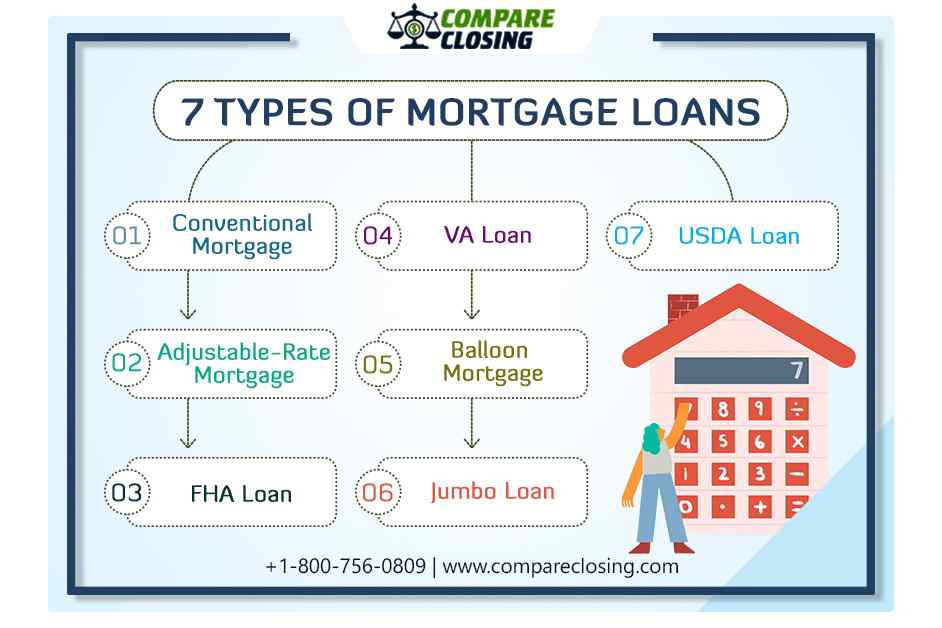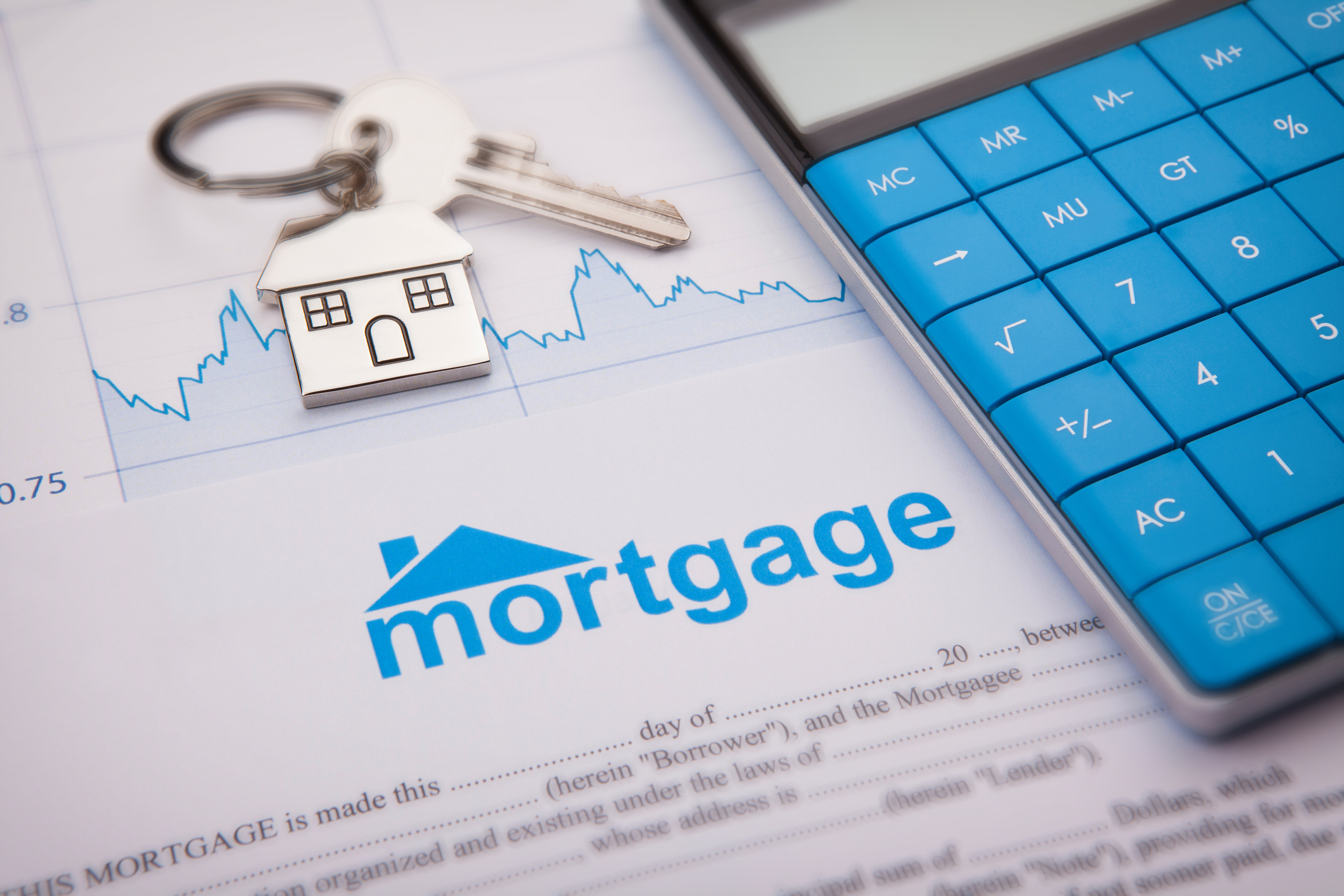Conventional Mortgage Loans: The Preferred Option for Homebuyers
Conventional Mortgage Loans: The Preferred Option for Homebuyers
Blog Article
The Necessary Variables to Take Into Consideration When Finding Between Fixed-Rate and Variable-rate Mortgage Car Loans
When assessing mortgage options, debtors encounter a crucial decision in between fixed-rate and adjustable-rate financings, each offering distinctive benefits and prospective pitfalls. Secret considerations such as passion price stability, predictability in month-to-month payments, and the implications of possible rate adjustments can substantially affect lasting financial wellness.
Rate Of Interest Stability
When selecting a home mortgage, understanding rate of interest rate stability is important for educated decision-making. Rates of interest can substantially impact the general expense of a mortgage, and recognizing the nature of these rates is vital for consumers. Fixed-rate mortgages use the benefit of constant monthly repayments over the life of the lending, shielding consumers from market changes. This stability allows property owners to plan their financial resources with higher assurance, as they will certainly not be affected by increasing rate of interest rates.
On the various other hand, adjustable-rate mortgages (ARMs) begin with lower initial prices that may change occasionally based upon market problems. While this can lead to reduced repayments at first, it additionally introduces uncertainty, as consumers might face increased repayments if interest prices climb. For those thinking about an ARM, it is essential to evaluate the chance of price modifications, the capacity for payment increases, and the length of the preliminary fixed-rate duration.
Ultimately, the option between adjustable-rate and fixed-rate home loans hinges on specific danger resistance and economic situations. Understanding rate of interest stability aids debtors make informed choices that straighten with their long-lasting financial goals.
Month-to-month Payment Predictability
While consumers usually prioritize rate of interest rate security, the predictability of regular monthly repayments is similarly important in the mortgage option procedure (Conventional mortgage loans). Regular monthly settlement predictability plays a crucial duty in budgeting and financial planning, as it directly impacts a homeowner's capital and general economic wellness
Fixed-rate mortgages supply a constant monthly settlement throughout the life of the loan, enabling consumers to prepare for and prepare their costs efficiently. This stability can be specifically beneficial for newbie property buyers or those on a fixed income, as it removes the uncertainty connected with changing payments.
On the other hand, adjustable-rate home loans (ARMs) usually include reduced preliminary payments that can change gradually, resulting in prospective variability in monthly responsibilities. While initially appealing, this changability can make complex economic planning, specifically if borrowers do not make up future price changes.
Possible Rate Adjustments
In the realm of adjustable-rate home mortgages (ARMs), possible price changes represent a substantial aspect that customers need to meticulously think about. Unlike fixed-rate home mortgages, where the rate of interest continues to be the same for the life of the funding, ARMs are defined by changing rates of interest that are tied to market indices. This variability can lead to significant modifications in regular monthly settlements, impacting the borrower's economic preparation and budgeting.
Typically, ARMs have a preliminary fixed-rate duration during which the rates of interest is secure. Hereafter period, however, the rate readjusts at predetermined periods-- commonly each year. Consumers must understand the margin and index utilized to compute these modifications, as pop over here they directly affect future passion rates. Additionally, ARMs frequently include caps that restrict just how a lot the rate of interest can increase at each modification and over the life of the financing, which can provide some degree of security versus radical rate walkings.
Recognizing these possible modifications is important for consumers, as they directly impact lasting repayment commitments. Evaluating individual financial circumstances and take the chance of tolerance is important when determining whether an ARM lines up with one's economic goals.
Funding Term Factors To Consider
Lending term considerations play a critical function in the decision-making procedure for debtors selecting between fixed-rate and adjustable-rate mortgages. The size of the lending term significantly influences regular monthly settlements, rate of interest rates, and general financial preparation.

Inevitably, borrowers must evaluate their personal circumstances, economic objectives, and market problems when evaluating the ramifications of funding term selections within each home mortgage type.

Overall Price of Borrowing
Fixed-rate home loans supply predictable regular monthly settlements, as the rate of interest price continues to be continuous throughout the car loan term. This predictability can lead to lower general expenses, especially in a secure or declining interest rate atmosphere.
On the other hand, adjustable-rate mortgages (ARMs) usually begin with reduced preliminary prices, causing lowered upfront costs. These rates can increase after an initial period, leading to potentially greater lasting prices. Consumers should think about the frequency and degree of rate adjustments, as well as the total loan period, to precisely evaluate the financial implications.
Moreover, the total price of loaning includes check not only rate of interest yet additionally charges and other linked expenses, such as closing look at this now costs and insurance (Conventional mortgage loans). When assessing mortgage options, borrowers should perform a complete price evaluation over the life of the finance. By doing so, they can make an enlightened decision that aligns with their financial objectives and run the risk of resistance
Verdict
Interest rate stability and regular monthly settlement predictability are extremely important for reliable budgeting, while the potential for rate changes in ARMs introduces monetary uncertainty. Furthermore, the expected period of homeownership and the overall price of loaning, consisting of rate of interest prices and linked charges, must align with individual financial conditions and take the chance of resistance.
Trick factors to consider such as passion price security, predictability in month-to-month settlements, and the effects of prospective rate modifications can dramatically influence lasting economic wellness. Rate of interest prices can substantially affect the general expense of a mortgage, and recognizing the nature of these prices is necessary for borrowers. Unlike fixed-rate home loans, where the passion rate continues to be the same for the life of the lending, ARMs are defined by changing rate of interest rates that are linked to market indices. In addition, ARMs commonly include caps that limit just how a lot the interest price can boost at each modification and over the life of the car loan, which can provide some degree of security against radical rate hikes.
Passion rate security and regular monthly payment predictability are extremely important for efficient budgeting, while the potential for price changes in ARMs presents monetary unpredictability.
Report this page